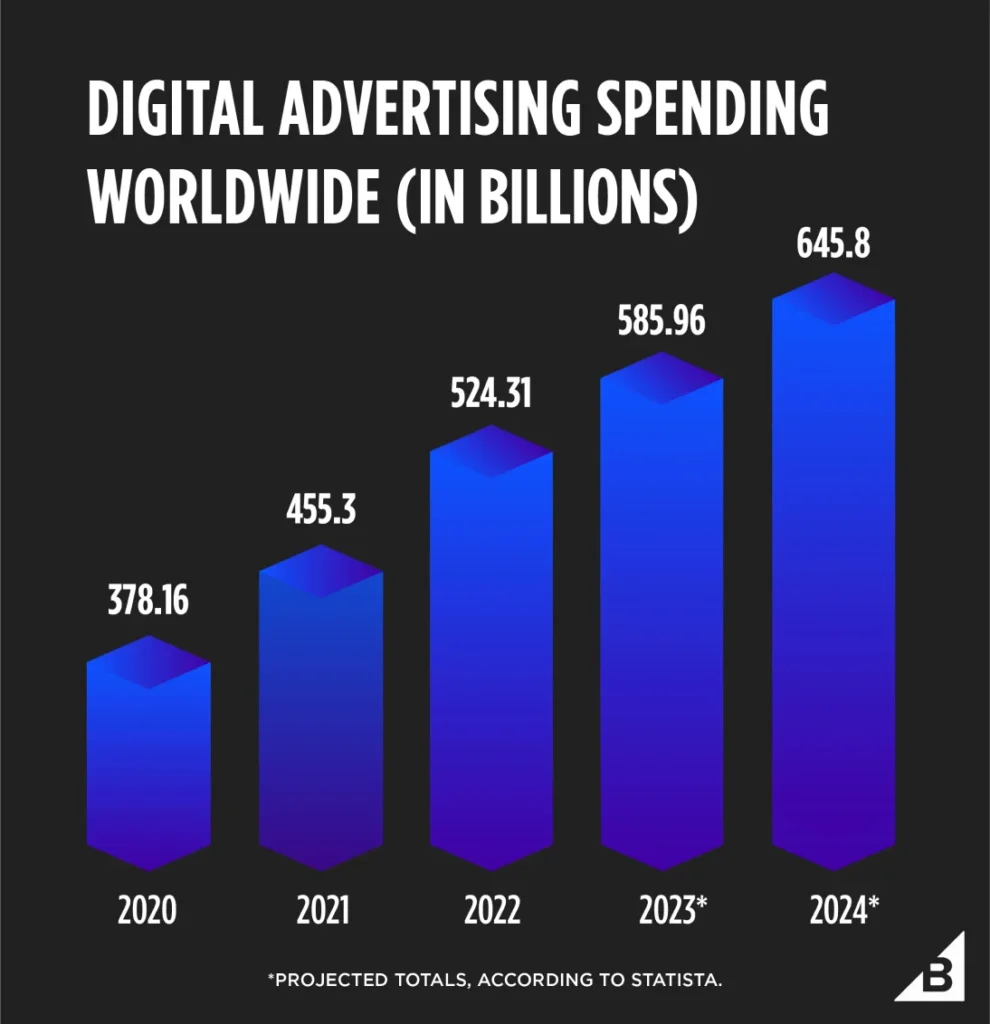Table of Contents
ToggleHow Performance Marketing Scales E-commerce Brands
The Problem: Why Most E-commerce Brands Struggle to Grow
Ask any founder or marketer what their biggest challenge is, and chances are you’ll hear the same pain points:
The algorithm keeps changing nothing works anymore.
We’re spending money on ads but sales aren’t growing.
There’s so much noise in the market, how do we stand out?
At first glance, ecommerce looks simple. Launch a store, run ads, and customers should start flowing in. But the reality is far more complex. Millions of products fight for attention daily. Algorithms decide who gets visibility. Customers are bombarded with offers and don’t remember half the brands they come across.
This is why many e-commerce startups fail within the first year. It’s not that they don’t have good products. It’s because they lack the right marketing engine to cut through the noise, capture attention, and convert that into consistent revenue.
What Cost Doing It Wrong

Here’s what happens when brands don't do marketing correctly
1. Small Ad Spend on Businesses spent money at Facebook, Instagram, or Google ads.With no tracking or optimization, budgets get drained fast.
2.Shortcut: Lot of business do this challange challenge they do Scale to 7 figures in 30 days In reality, this shortcuts usually end in losses and disappointment.
3. platforms collect lot of customer data. But most brands don’t know how to use it effectively.
The worst part Founders start blaming the algorithm Facebook ads don’t work anymore,or Google is too expensive.” In truth, it’s not the algorithm that’s broken. It’s the strategy.
Imagine lot of years into creating a great product, only to watch sales you don’t do anything it come because marketing execution failed. That’s the silent killer of promising ecommerce businesses.
Performance Marketing as a Growth Engine
This is where performance marketing comes in.performance marketing is data driven, measurable, and scalable. Every rupee or dollar spent is tied to results clicks, leads, or sales.
Here s how it works:
1. Start With Data, taking responsibility
Performance marketing begins with deeply understanding. Who is your audience What are their pain points , brands use tracking tools and analytics to get data. The goal is to understand customers better than they understand themselves.
2. Test Creatives Relentlessly
No matter how great your product is, if your ad creative doesn’t grab attention in 3 seconds, you’ve lost. The best marketers don’t bet on one design or video. They test hundreds of variations different headlines, visuals, hooks. Algorithms reward this testing by giving cheaper reach and better engagement.
3. Build Funnels
A single ad not come to build a business.From awareness ads, landing pages, email followups, retargeting, performance marketing builds funnels that move prospects from curiosity to purchase. This turns consumer into repeat buyers.
4. Scale Smart
Scaling not about trying to doubling your ad budget overnight. That usually performance marketers analyze which campaigns are profitable, then gradually increase spend while optimizing along the way. It’s controlled, sustainable growth.
5. Focus on Lifetime Value LTV Not Just One Sale
One single sales don’t make brands. Loyal customers do. Performance marketing doesn’t stop at conversion it’s buyers through retargeting, personalizes offers, and community building, build trust The goal is to turn every firsttime buyer into a longterm brand promoter
Lessons From the Field
The podcast transcript in your document shared some powerful real life example The marketer interview start with a grand plan. He say himself as an accidental marketer beginning with small social media marketing jobs, learning through mistakes, and that mistake that improve skill that handling ad campaigns for big sectors like real estate and consumer brands.
He discovered three truths along the way:
1. Algorithms aren’t enemies they’re teachers. Instead of blaming platforms, feed them better data and creatives, and they’ll reward you.
2. Data is the real weapon. In performance marketing, gut feelings take a back seat. Decisions are backed by analytics, not assumptions.
3. Teams and systems matter. A strong vision fails without strong execution. Building the right processes and people around your marketing makes scaling possible.
These lessons are gold for any founder starting out today.
How it’s matter for Ecommerce in 2025
The ecommerce is more competitive than ever. Hog compilator are pushing into local markets. Customers expect faster shipping, better prices, and personalized experiences.
Clarity: Know which channels actually drive ROI
Control: Track every click, every conversion, every sale.
Confidence: Scale with data, not guesswork.
Stop Blaming the social media Algorithm, Start Owning the Data
At the end of the day, the success of your ecommerce brand doesn’t depend on luck, or even on the latest platform update. It depends on how well you understand your audience, test your ideas, and optimize your strategy.
Performance marketer is a magic . It’s a discipline. But when executed right, it can turn struggling stores into seven-figure brands and ambitious founders into industry leaders.
So the next time you feel stuck remember
The problem isn’t the algorithm. The solution is in the data.
How Performance Marketing Scales E-commerce Brands is one of the most searched topics among online sellers today. By focusing on measurable results, brands discover how performance marketing scales e-commerce brands faster through data-driven ads, retargeting, and optimized funnels. Understanding how performance marketing scales e-commerce brands helps business owners reduce wasted ad spend while maximizing ROI. In simple terms, mastering how performance marketing scales e-commerce brands is the key to sustainable growth in today’s competitive digital market.
Hi, this is a comment.
To get started with moderating, editing, and deleting comments, please visit the Comments screen in the dashboard.
Commenter avatars come from Gravatar.